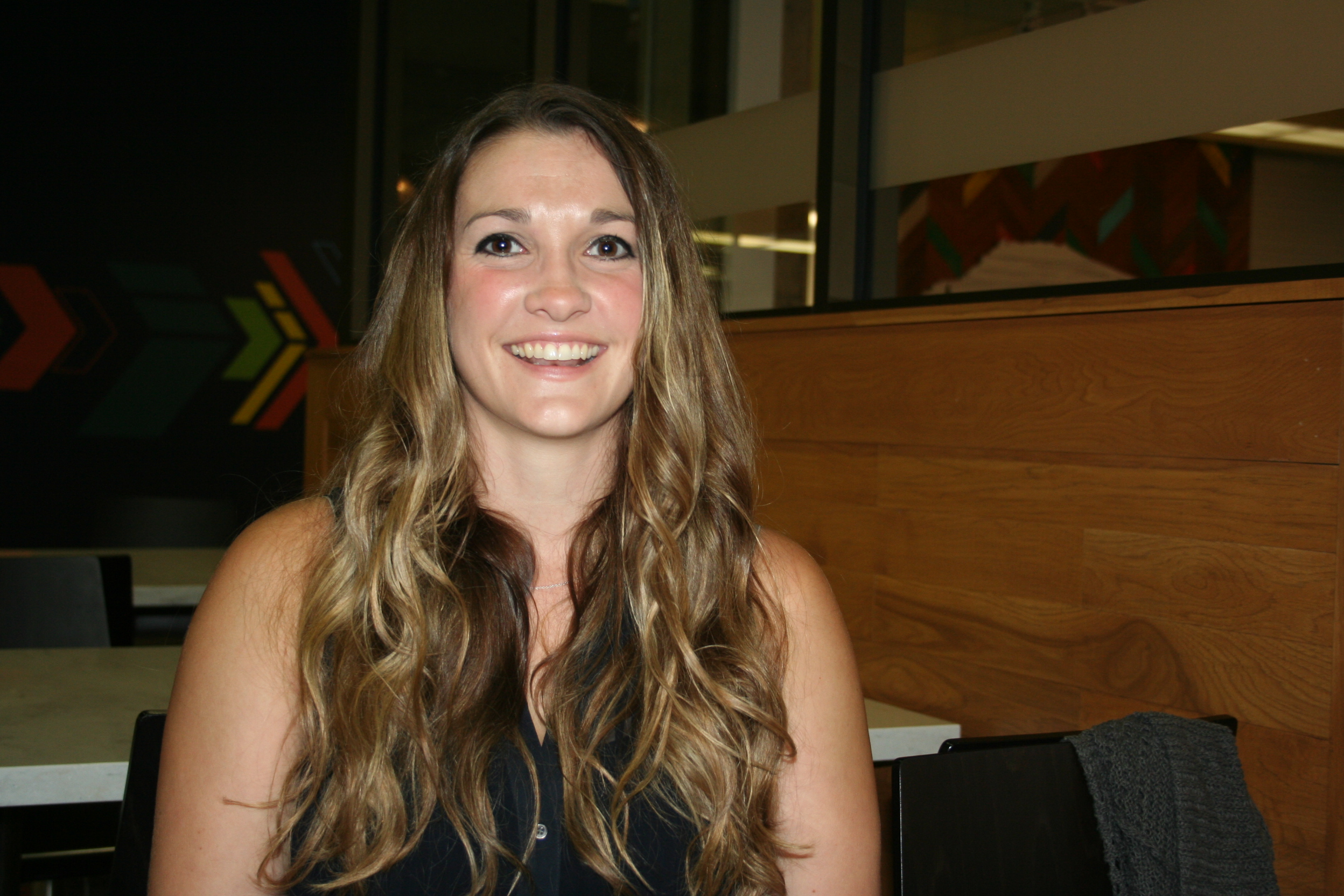When talking about climate change, greenhouse effects, and so on, it is difficult to avoid thinking about the Arctic. The Arctic region consists of a vast, ice-covered ocean, surrounded by treeless permafrost, which is the ice-locked soil at or below the freezing point of water for two or more years.
Changes are happening quickly there, and researchers around the globe have been busy trying to understand it. The University of Manitoba’s Centre for Earth Observation Science (CEOS), in collaboration with the Electrical and Computer Engineering (ECE) department, has been conducting a great deal of significant research on this issue.
Nariman Firoozy, a PhD candidate supervised by professors Puyan Mojabi from ECE and David Barber from CEOS, explained the work people like himself are doing up in the Arctic.
“The research I have been involved with is very interdisciplinary,” said Firoozy. “One such example is the application of remote sensing in the Arctic.”
Firoozy has been using microwaves to detect specific features of ice and snow in such an environment.
“I am using a device called scatterometer, which is an active radar system that measures the scattered wave from what is being scanned – in this case, snow and ice.”
Arctic profile
Firoozy is trying to understand the Arctic profile. His work involves sending incident waves and measuring those that are scattered back, then using signal processing and inversion to build up the snow-covered sea ice profile.
“If we go many decades back in time, there was little solid proof of a melting Arctic due to the climate change,” says Firoozy. “But time-series images taken by the satellites soon filled up that gap, especially the images taken by microwave satellites. I think that could be where the microwaves kicked off in the Arctic.”
Microwave satellites, as the name suggests, use microwave frequencies to take pictures from an observation area. One benefit of this method is that the images can be taken through day or night.
“The Arctic is a place that is cloudy for a big part of the year, but by using microwaves you can get images all year round, day or night.”
After many years of data acquisition via satellite, scientists have put it all together to see how the ice coverage is changing. According to Firoozy, it is clear the Arctic is shrinking.
“[These images] are good evidence that ice is having less thickness and coverage-area.”
Besides the practical aspect of being able to get images of the Arctic regardless of the forecast, there is another advantage for using microwave sensors.
“When using optics, the incident wave gets reflected back from the surface only and that’s what you detect,” explains Firoozy. “However, when using microwaves, you have a penetration, so the waves go in and then get scattered back. When you have that kind of penetration, it means that the scattered wave that you are measuring carries information about the object you are interacting with.”
“In summary, by correctly processing the data, you can get extra information about what is ‘inside’ of that object,” says Firoozy.
For instance, by using microwave radars and processing the data, researchers can accurately measure the thickness of the snow and ice, unlike when using optical systems by which one would only be able to get information about the surface of the snow.
“The Arctic is a huge area. It is practically impossible to go around there, measuring the thickness of the snow from all over the place. Using microwaves you can get this information from a distance in the sky, covering larger areas,” Firoozy says.
“[Remote sensors] can be hooked up to helicopters or airplanes, then they go around measuring, and after processing the data you get information like ice thickness from extended areas that otherwise would have been impossible to cover – especially in a harsh environment and sparsely populated areas like the Arctic.”
Decoding the signal
Firoozy’s own work focuses on making sense of the data that is being recovered and recorded from these experiments and processing the returning signals.
“It is more on how to collect and process the data [ . . . ] reconstructing the electromagnetic profile of the snow-covered sea ice,” says Firoozy. “You know the signal you sent, you know the signal you have received, but now you want to know what was there, what was the profile, what were the structures that altered the signal in that way.”
Firoozy adds that other parameters, such as the roughness of the snow, can also be measured by other equipment like laser remote sensing technology (or LiDAR).
“One of the advantages of using scatterometers is that you can collect data from any specific point you want and continuously. But when dealing with data acquired from satellites, an important limitation one will face is that you cannot control when your data will be acquired from that specific area.”
This research process is not an inexpensive one, and as such Firoozy is grateful for the opportunity for collaboration. Having other departments involved, says the U of M grad student, is what makes it possible to have access to equipment such as the scatterometers.
The scope of this research, however, is not limited to the remote landscapes of the Arctic. The University of Manitoba has a special research facility, located at Smart Park, where a swimming-pool-sized structure is filled up with water containing the same characteristics as the one in the Arctic region. It is used to simulate and study Arctic conditions, like the process of salt water sea-ice formation.
“It is a million dollar facility, right next door, that most of people in town are not aware of,” says Firoozy.
And how about the future? By 2017 the town of Churchill is set to receive a brand new research facility, dedicated to studies related to the Arctic. One of the focuses of that project is related to the effects of oil spill.
“With oil companies migrating to even more remote regions, the risk of having an accident is increasing,” says Firoozy. “So, scientists are going to be able to simulate scenarios, for example, the case of an oil spill. Through this facility, they will be able to study it in a controlled environment.”
This article was originally published in the Gradzette.




